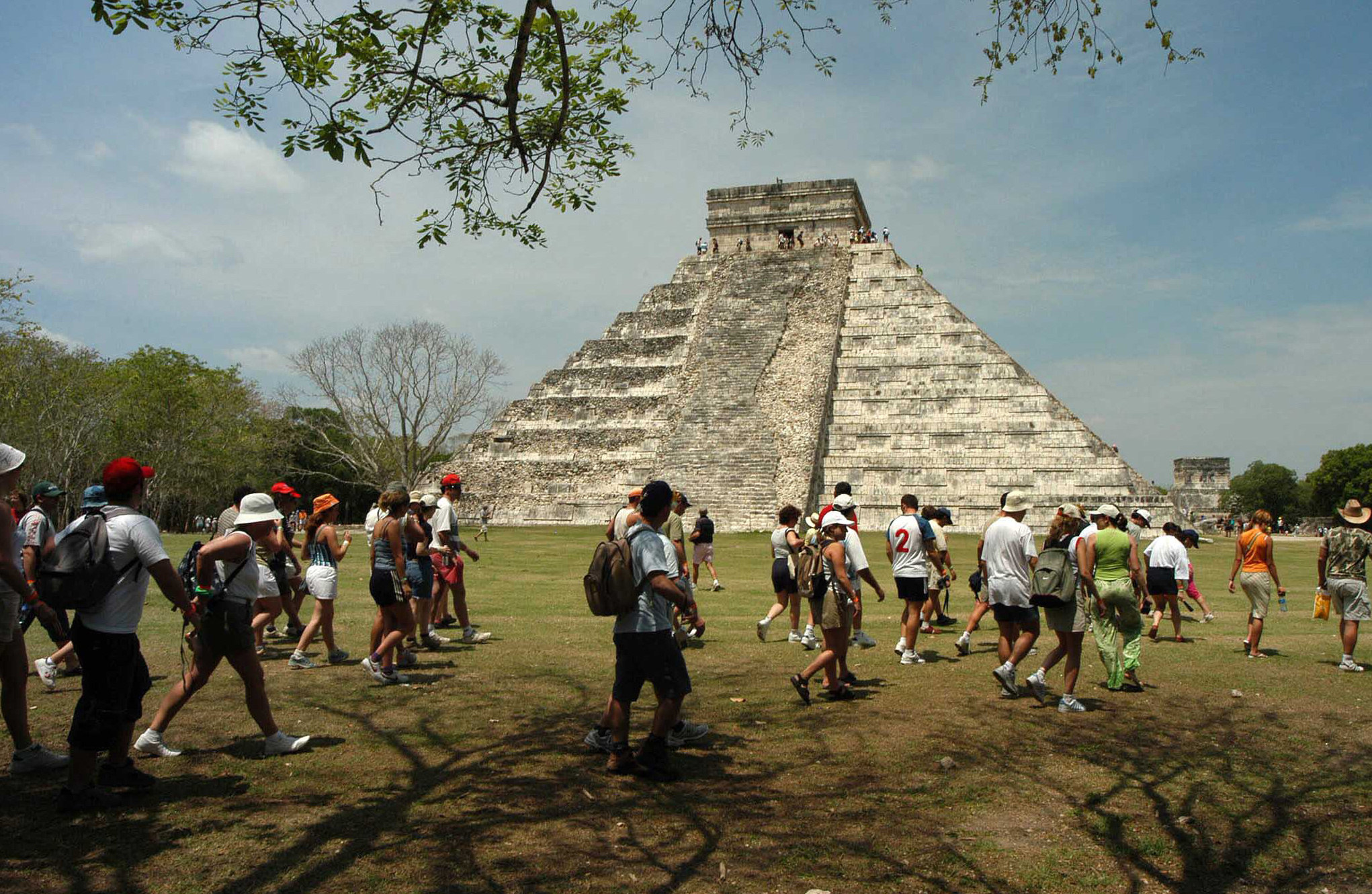
Mexico to unite Maya area by train to boost tourism
A railroad that runs 1,500 kilometers (930 miles) around the most important archaeological centers of Mexico's Mayan culture — and that will cost at the very least $6.259 billion (120 billion pesos) — is a project of the incoming government that could crown years of attempts to get the most out of these magnificent tourist attractions.
This project of Mexico's President-elect Andres Manuel Lopez Obrador proposes that within a period of four years, a "modern" train will connect the principal points of the Mayan region, which includes the Mexican states of Tabasco, Chiapas, Campeche, Yucatan and Quintana Roo.
"Nowhere else in the world is there a region with so many and such magnificent cultural treasures as this region, which witnessed the flowering of the great Mayan culture," Lopez Obrador said Monday as he outlined the project and noted the importance of the Maya Train, already considered a priority program of his government.
To start with, there will be the Mayan city of Palenque in Chiapas state and the Caribbean seaside resort of Cancun in Quintana Roo, with two routes that cover 1,500 kilometers around the east and west coasts of the Yucatan Peninsula.
Besides the Mayan ruins of Chichen Itza (Yucatan), Calakmul (Campeche) and Tulum (Quintana Roo), the train will stop at such tourist destinations as Campeche, Merida, Izamal and Valladolid, which for decades has served as a point of entry to the Mayan world.
CONTENIDO RELACIONADO
"This project will attract a lot of tourism, and of course it will create jobs in the southeast, which is the most neglected part of the country," said Lopez Obrador, who will be sworn-in as president on Dec. 1 for a six-year term.
In all the marginalized areas along the Maya Train's route, its construction "could trigger an economic boom because many towns will reap the benefits," Reynaldo Dzib, manager of the Cancun Travel Group, told EFE.
He recalled that the Cancun-Chiapas connection can currently be traveled by bus or airplane, "but if they are connected by train, like the short routes in Europe, the results will be phenomenal."
According to figures of the Quintana Roo Tourism Secretariat, during 2017 the state welcomed 16.9 million tourists who left an economic bounty of some $8.81 billion.










DEJE UN COMENTARIO:
¡Únete a la discusión! Deja un comentario.